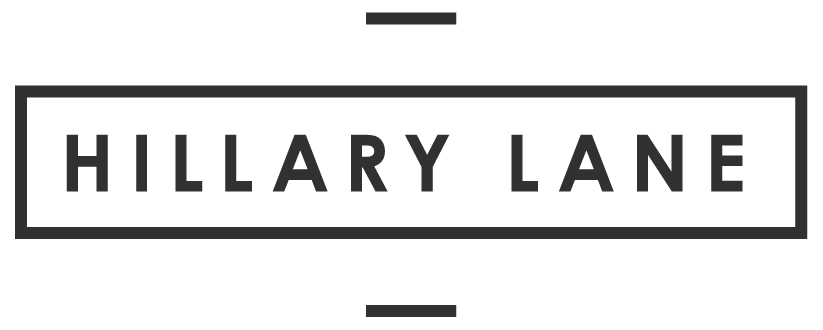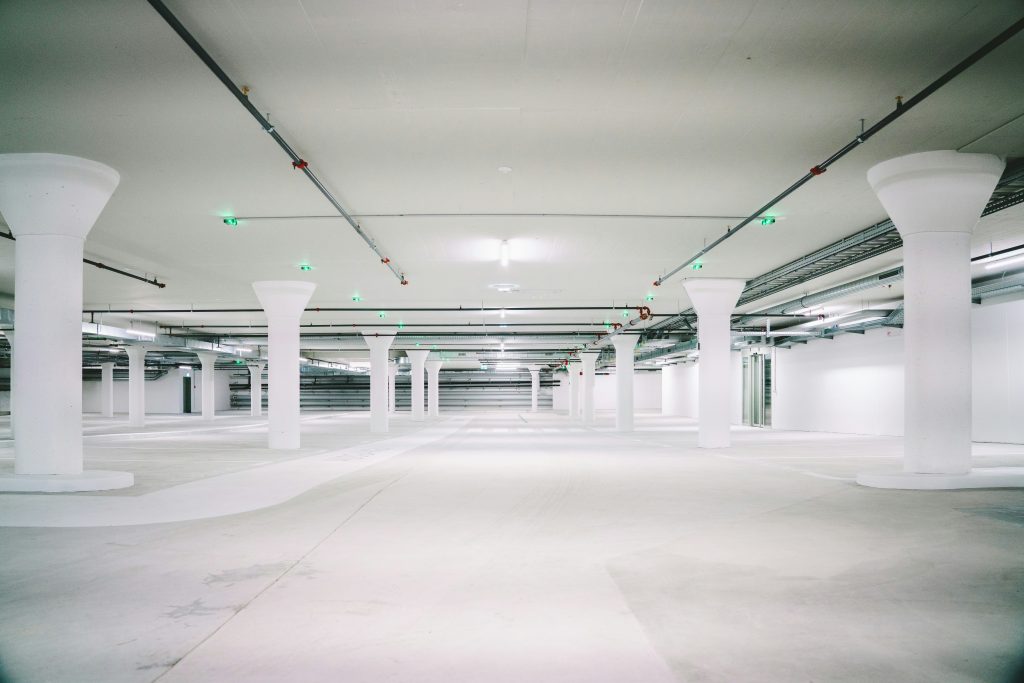One of the things about Toronto’s real estate inventory challenge is it’s become a bit of a chicken and egg scenario. Sometimes it’s not so much that supply is lower, but that demand is higher. This might seem like the same thing on the surface, but to put this into context, when comparing 2021 listings to the past 10-year average, it really isn’t that much different. When we look at the trend towards the end of 2021 and the start to 2022 however, we are seeing new listings below average (Jan 2022 = 7,979 vs. the 10-year Jan average = 8,904). But what we are also seeing is a disproportionate number of buyers, as opposed to only just lower inventory. The result is demand shock. Here I try to explain the troubling inventory issues and the many factors contributing to Toronto’s supply puzzle.
The Upsize, Downsize Disruption
Traditionally the real estate market had an unspoken agreement with homeowners that helped provide an ongoing inventory of homes. Empty nesters would put their homes on the market when it came time to downsize or retire, providing forever homes for people ready to upsize from their first home. It was a common step that helped people retiring to leverage the equity in their homes and to find a more affordable home while providing an ongoing inventory of homes as people upsized to those homes. The upsizers then left their homes for first-time buyers. It was a symbiotic arrangement. However, today more people are holding onto their homes as an investment property. They still buy to upsize or downsize, but their current homes never reach the market. As a result, inventory can’t maintain a happy balance.
The Domino Effect of Not Selling
The new trend to hold onto an existing home as an investment has a domino effect on inventory:
- The house which usually would have been an upsized home for buyers never reaches the market
- The non-sellers become buyers competing with first-time buyers for smaller homes in an already low inventory market and;
- First-time buyers no longer have the smaller homes left behind by upsizers
The result is we no longer experience the inventory balance created when someone buying a home is also selling. Voila — more buyers than sellers.
COVID Impacts
COVID also impacted demand. We saw a mass exodus at the onset of the pandemic as people living in close quarters in downtown condos fled the city for safer, wide-open spaces in rural and suburban locations. In fact, many chose to leave the province altogether to find affordable homes and large properties in places like Nova Scotia. Regardless of where people decided to settle, many chose to hold onto their Toronto homes as investments. Again, this interfered with the traditional churn created by the selling and buying process. In fact, lenders saw higher levels of third and even fourth mortgages than first-time mortgages in 2021.
The New Face of Investors
Toronto now has a new face of investors who are everyday homeowners rethinking how they build equity. More people see how their properties can help create a nice nest egg for a more secure future in an uncertain world. There is a positive to this trend in that instead of sitting on empty homes to grow equity like many foreign investors, the homes are reaching the rental market. This provides homes and creates a more balanced rental market.
If you are selling or buying a home in Toronto and want trusted advice, I can help you find a strategy that works in today’s market. Let’s chat. If you want to know more about the Toronto market in January check out this blog.
Photo by Sophie Marieke Roy on Unsplash






